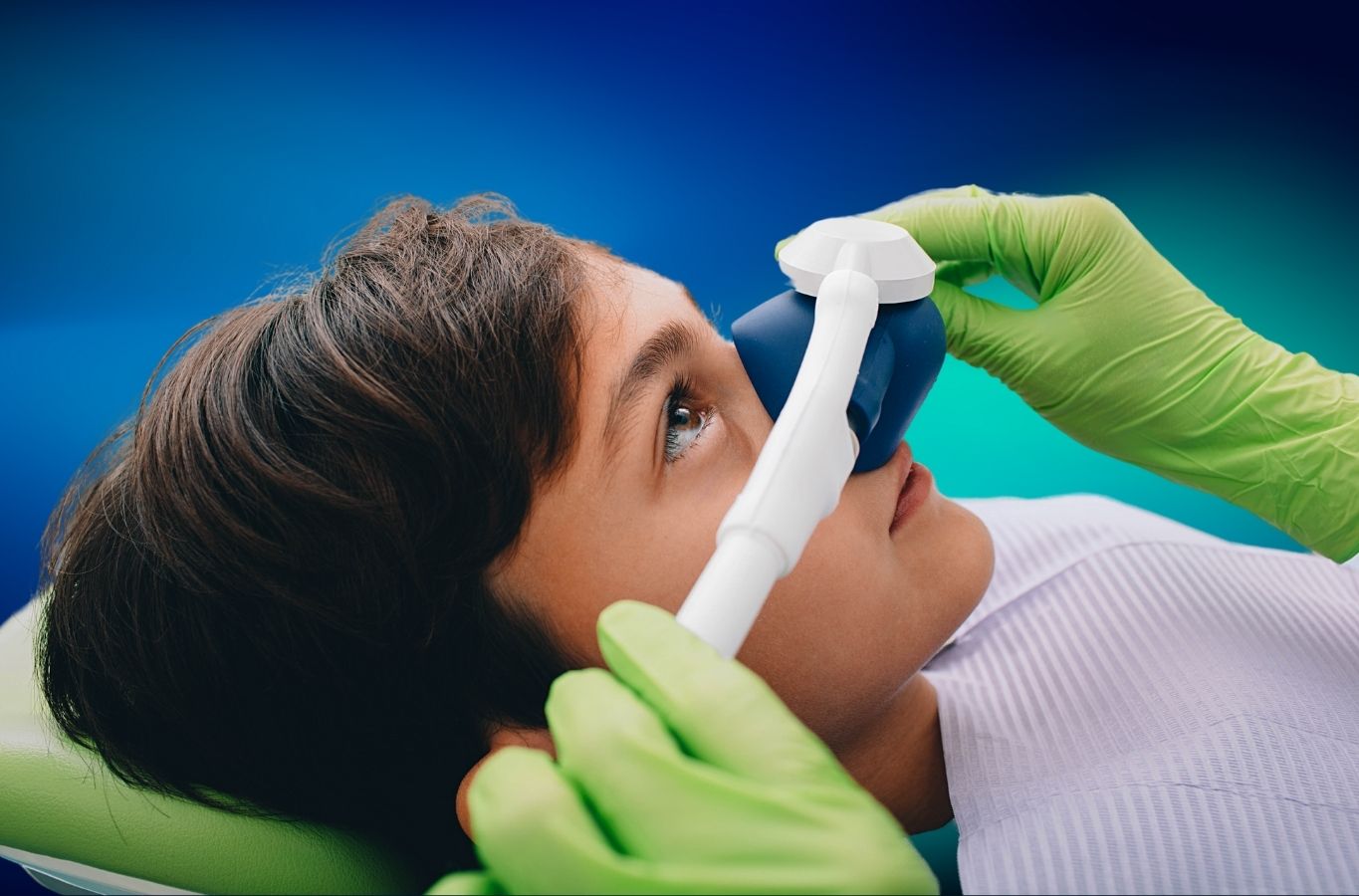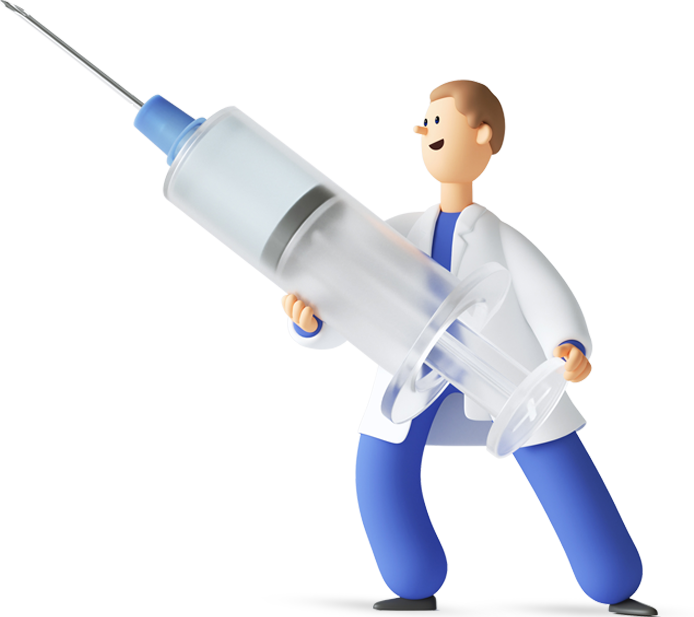
What is Sedation Anaesthesia and How is it Applied?
Sedation anaesthesia is a method that reduces pain and anxiety by suppressing the central nervous system with medication to relax the patient. An anaesthesiologist and the treating physician must be experienced during the application. Before sedation, the patient is carefully evaluated and the necessary equipment (aspirator, vital monitors, shock device, etc.) is made available. Equipment checklists are used to review the patient's condition and preparations before sedation.
Types of Sedation Anaesthesia
Sedation anaesthesia is divided into minimal, moderate and deep sedation:
Minimal Sedation (Anxiolysis): Patients can respond to verbal commands, their protective reflexes are not affected. It is preferred in simple applications, especially to reduce fear.
Moderate Sedation (Conscious Sedation): The patient's central nervous system is suppressed; they can maintain respiration while responding to physical and verbal stimuli. Widely used in dental and short-term medical procedures.
Deep Sedation The patient's consciousness is significantly suppressed and protective reflexes are weakened. It is applied in cases of intense anxiety, especially in patients with psychiatric problems or in paediatric patients.
What is the Difference with General Anaesthesia?
General anaesthesia causes complete loss of consciousness and no response to painful stimuli. In this state, the patient is often unable to breathe on his/her own and requires support with an oxygen mask.
Important Points in Sedation Anaesthesia Applications
During sedation, the patient's vital signs are monitored; oxygen saturation, blood pressure and heart rate are constantly checked. In addition, precautions are taken for emergencies, and unexpected situations such as a decrease in respiratory or circulatory functions are intervened rapidly.
- Tags:
- sedation
- sedation therapy


